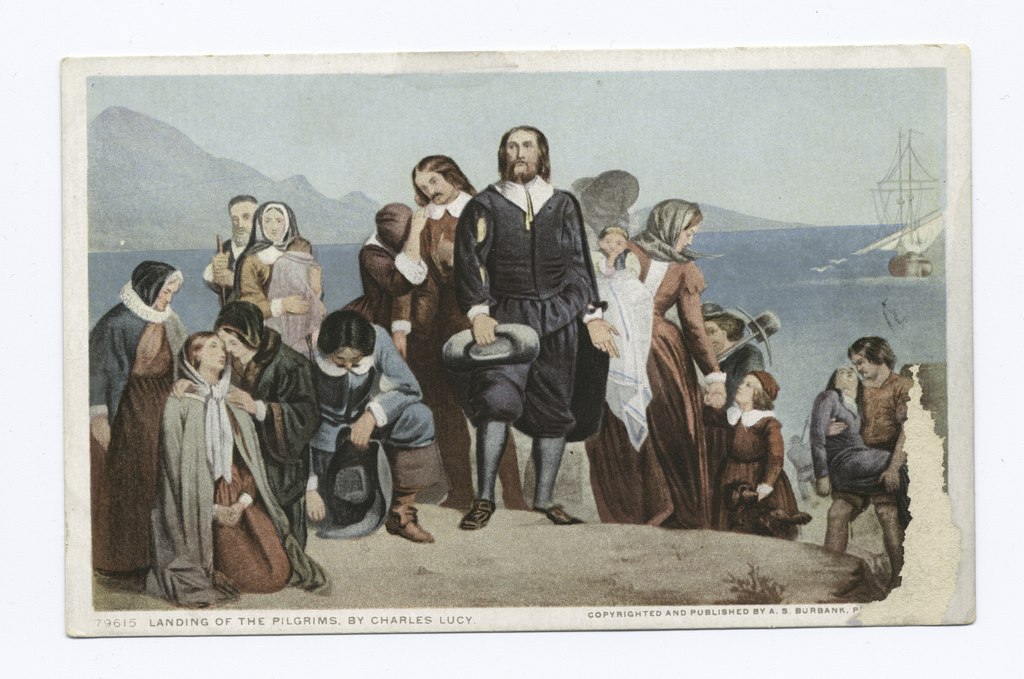On November 19, 1620, the Mayflower, carrying 102 passengers and around 30 crew members, finally arrived at Cape Cod after weeks of turbulent seas. Initially destined for the Virginia Colony, rough waters and challenging conditions brought the ship to present-day Provincetown Harbor in Massachusetts. The Mayflower’s arrival marked the beginning of a new chapter for the Pilgrims, a group composed mainly of English Separatists who sought religious freedom and the chance for a fresh start.
Fun Facts:
- Not the Originally Planned Destination: The Mayflower intended to land near the Hudson River, within the bounds of the Virginia Colony. However, the journey’s storms forced the ship north, bringing it to the shores of Cape Cod.
- The Mayflower Compact: Recognizing the need for order, the Pilgrims drafted the Mayflower Compact before leaving the ship. Signed by 41 men, this document established a framework for self-governance that would influence future American political structures.
- Adapting to the New Land: The Pilgrims initially explored Cape Cod, where they faced challenges adapting to the land and its harsh winter conditions. Eventually, they settled across the bay in Plymouth, where they forged relationships with the Native American Wampanoag tribe.
- Legacy of Thanksgiving: Their successful harvest the following year led to the first Thanksgiving celebration, shared between the Pilgrims and the Wampanoag people, setting a tradition that continues today.
- Mayflower’s Historic Impact: The Pilgrims’ journey and settlement became iconic stories of perseverance and faith. The Mayflower’s legacy is celebrated yearly, symbolizing the pursuit of freedom and unity that would shape early American identity.

